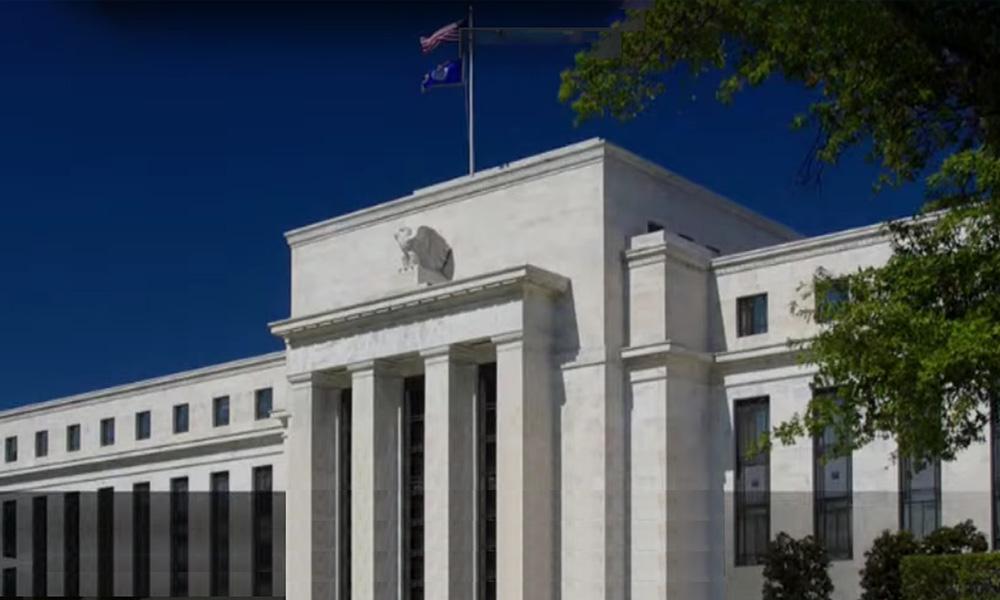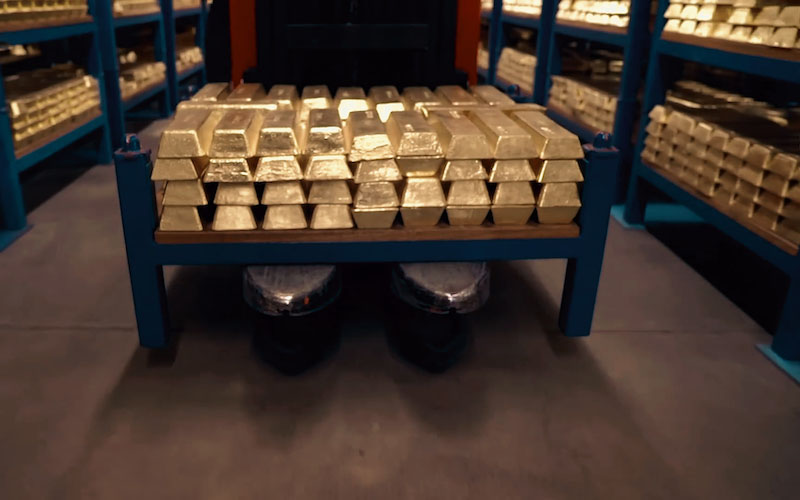One of the Fed chair candidates advocates for institutional changes at the Fed and calls for cooperation with the Treasury Department
2025-07-18 14:55:55
“We need institutional changes in how policy is implemented, and the credibility shortage, in my view, lies with the current officials at the Fed,” Warsh said. Chief among those who remain is Chairman Powell, who has repeatedly incurred Trump’s wrath and who will surely not be reappointed when his term expires in May 2026 if he is not fired early.

Warsh, considered one of three or four finalists to take over as Fed chair, expressed a range of emotions consistent with Trump's hopes for the Fed, which has demanded it cut interest rates and urged Powell to resign for not pushing for them.
Warsh’s comments suggest he may not only be at odds with how Powell leads the Fed, but also with members who remain at the central bank after he takes the helm.
“I think their hesitation to cut rates is actually ... quite detrimental to them,” Warsh said. “The specter of their missteps on inflation is haunting them, and so one of the reasons I think the president is right to publicly push the Fed is that we need institutional changes in how we conduct policy.”
In the latest drama surrounding the Federal Reserve and its chairman, a Trump administration official confirmed Wednesday that the president met with Republican lawmakers the day before to discuss Trump firing Powell. The official said Trump planned to do so soon, something he quickly denied.
In addition to the interest rate issue, White House officials have criticized Powell's plans for a multi-billion dollar renovation of two Federal Reserve buildings in Washington, D.C.
Asked whether Trump should try to fire Powell, Warsh said: "I think institutional change at the Fed will happen in due course."
Trump's main reason for pushing for rate cuts is to help reduce the cost of financing the U.S.'s $36 trillion debt, which clearly exceeds the Fed's dual goals of low unemployment and stable prices.
But Warsh appeared to take the issue a step further, suggesting that the Fed and Treasury Department coordinate on how the country manages bond issuance.
“We need a new Treasury and Fed agreement, just like we did in 1951 after another period where we built up the nation’s debt and were trapped by a central bank that was at odds with the Treasury. That’s what’s going on now,” he said. “So if we get a new agreement, then … the Fed chair and the Treasury secretary can clearly and deliberately describe to the market, ‘This is our target for the size of the Fed’s balance sheet.’”
The Fed is currently shrinking its balance sheet, allowing proceeds from maturing debt to roll over rather than reinvest as usual. Warsh generally supports the idea, known as quantitative tightening, but he recently claimed the Fed should work with the Treasury to help lower borrowing costs.
“I think the Fed has the balance wrong and the rate cuts are the beginning of the process of getting that balance right,” he said.
However, the last time the Fed cut rates, Treasury yields actually rose.
Markets expect the Fed to keep its benchmark funds rate unchanged at its policy meeting in late July and then possibly start cutting rates in September.
- Risk Warning and Disclaimer
- The market involves risk, and trading may not be suitable for all investors. This article is for reference only and does not constitute personal investment advice, nor does it take into account certain users’ specific investment objectives, financial situation, or other needs. Any investment decisions made based on this information are at your own risk.










